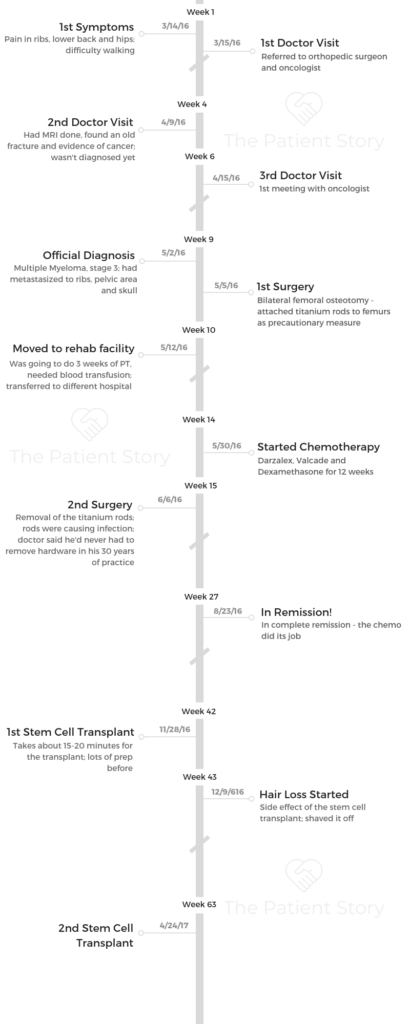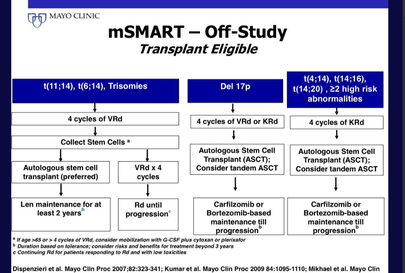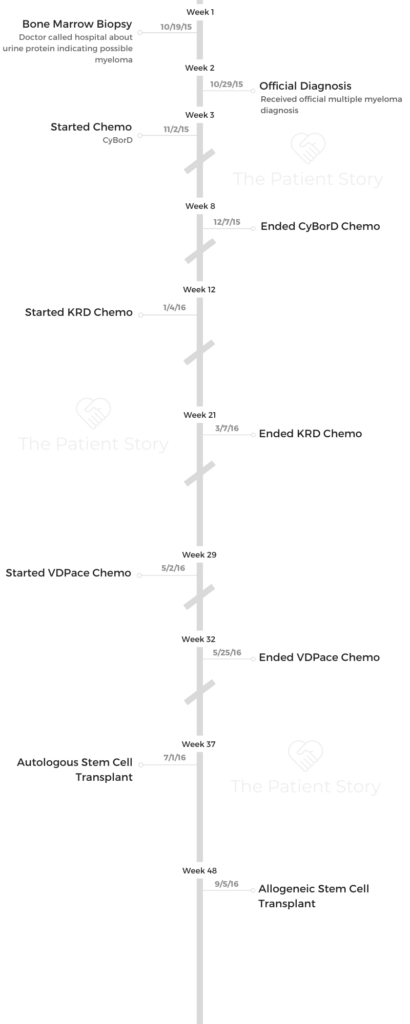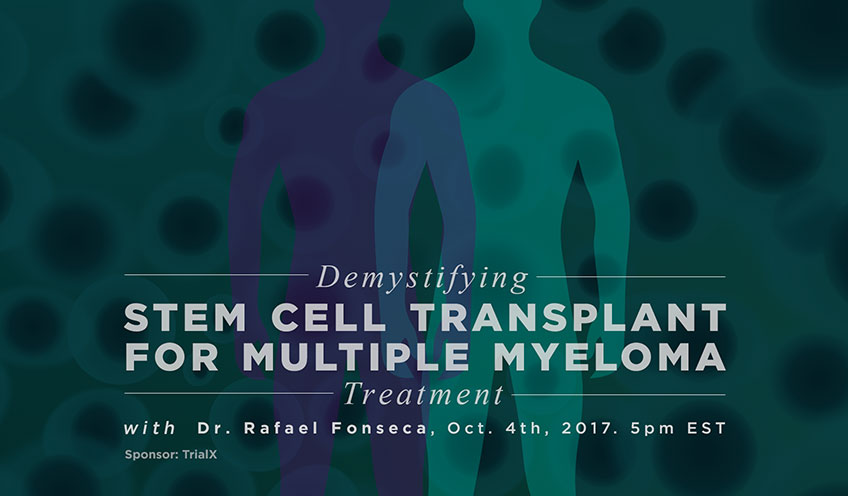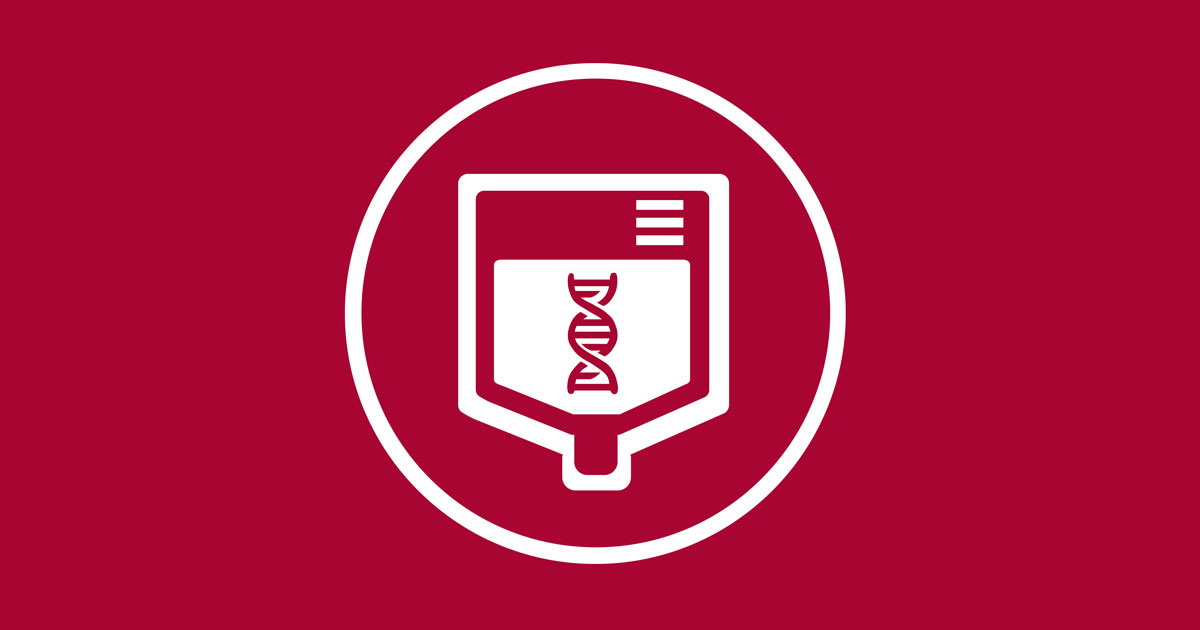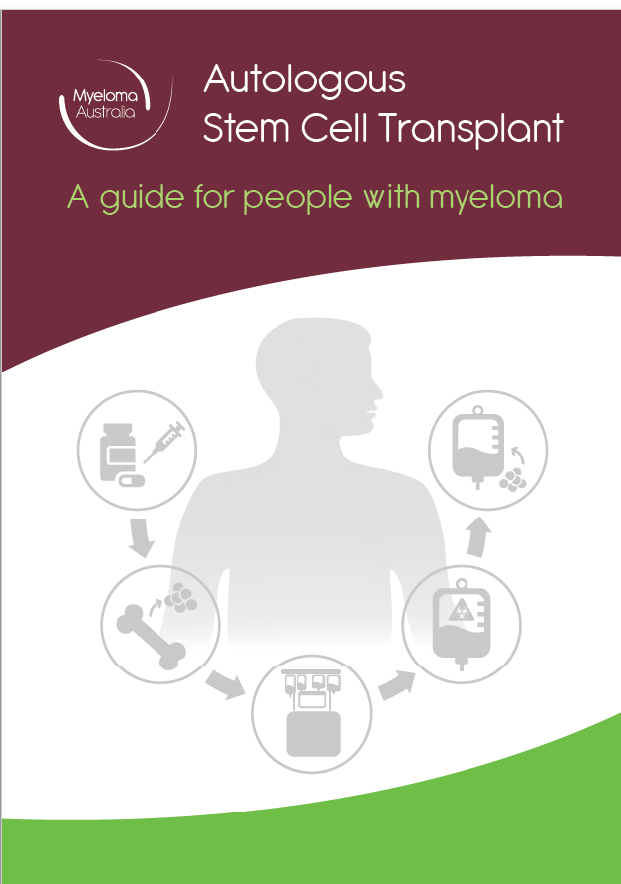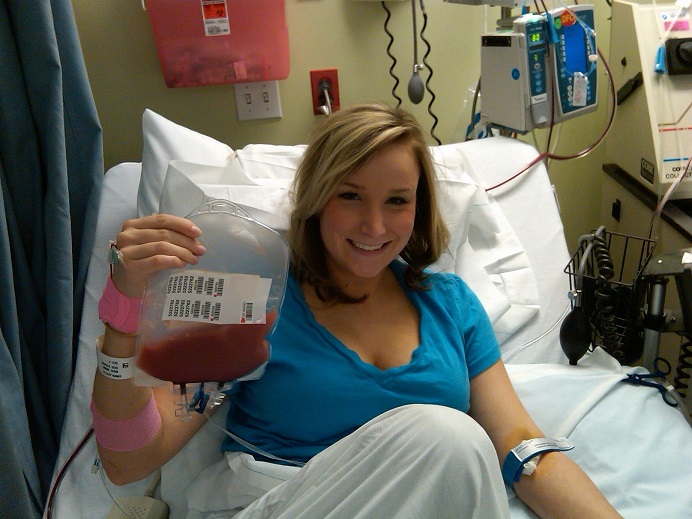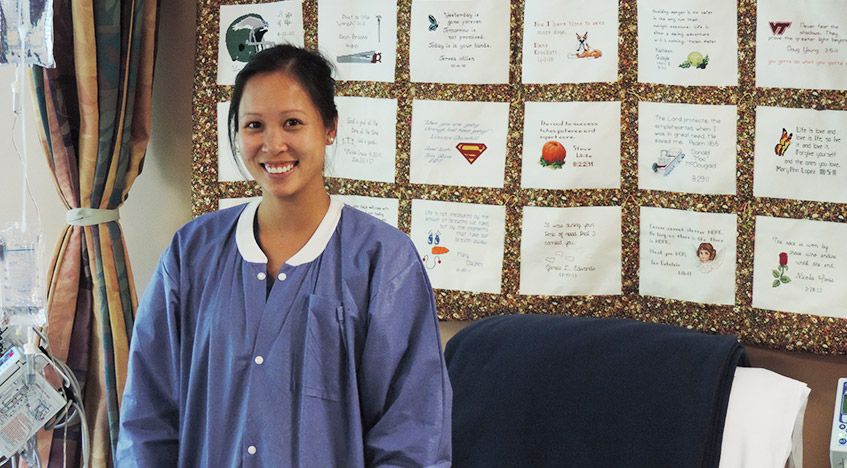During this time you and your family wait for the cells to engraft or take after which they start to multiply and make new blood cells.
Multiple myeloma stem cell transplant recovery time.
The time it takes to recover after a transplant varies.
One viable treatment option for multiple myeloma patients is a stem cell transplant.
Nccn clinical practice guidelines in oncology.
National comprehensive cancer network nccn.
Stem cell transplants have become important weapons in the fight against certain blood cancers such as multiple myeloma non hodgkin s lymphoma hodgkin lymphoma and leukemia a stem cell.
A particular complication of donor transplants called graft versus host disease.
Before the transplant drug treatment is used to reduce the number of myeloma cells in the patient s body.
The recovery stage begins after the stem cell infusion.
All things considered while the autologous transplant can make the myeloma go away for a period of time even years it does not cure the growth and inevitably the myeloma back.
This requires calories and energy.
The time after your transplant is a time of cell recovery and growth.
The long term survival of people with multiple myeloma following autologous stem cell transplant has steadily improved since 1997 through with the introduction of new medicines a large review study reports.
The transplant of this kind is the standard treatment for patients with various myeloma.
The risk of infection is higher and lasts longer than in transplants using your own stem cells.
The cells in your mouth stomach intestine hair and muscles will all regrow.
It usually takes about 3 months but it s also normal to take more or less time.
And the risk of side effects or complications is higher.
For an autologous stem cell transplant the.
Learn about the procedure costs risks and recovery of a bone marrow transplant.
The 2 most common problems after this type of transplant are.
Multiple myeloma survival rate after stem cell transplant.
See drug therapy for multiple myeloma stem cell transplants sct can be autologous or allogeneic.
Older patients and those with low risk disease show the greatest gains over time while people with high risk factors showed the least change its researchers said.

